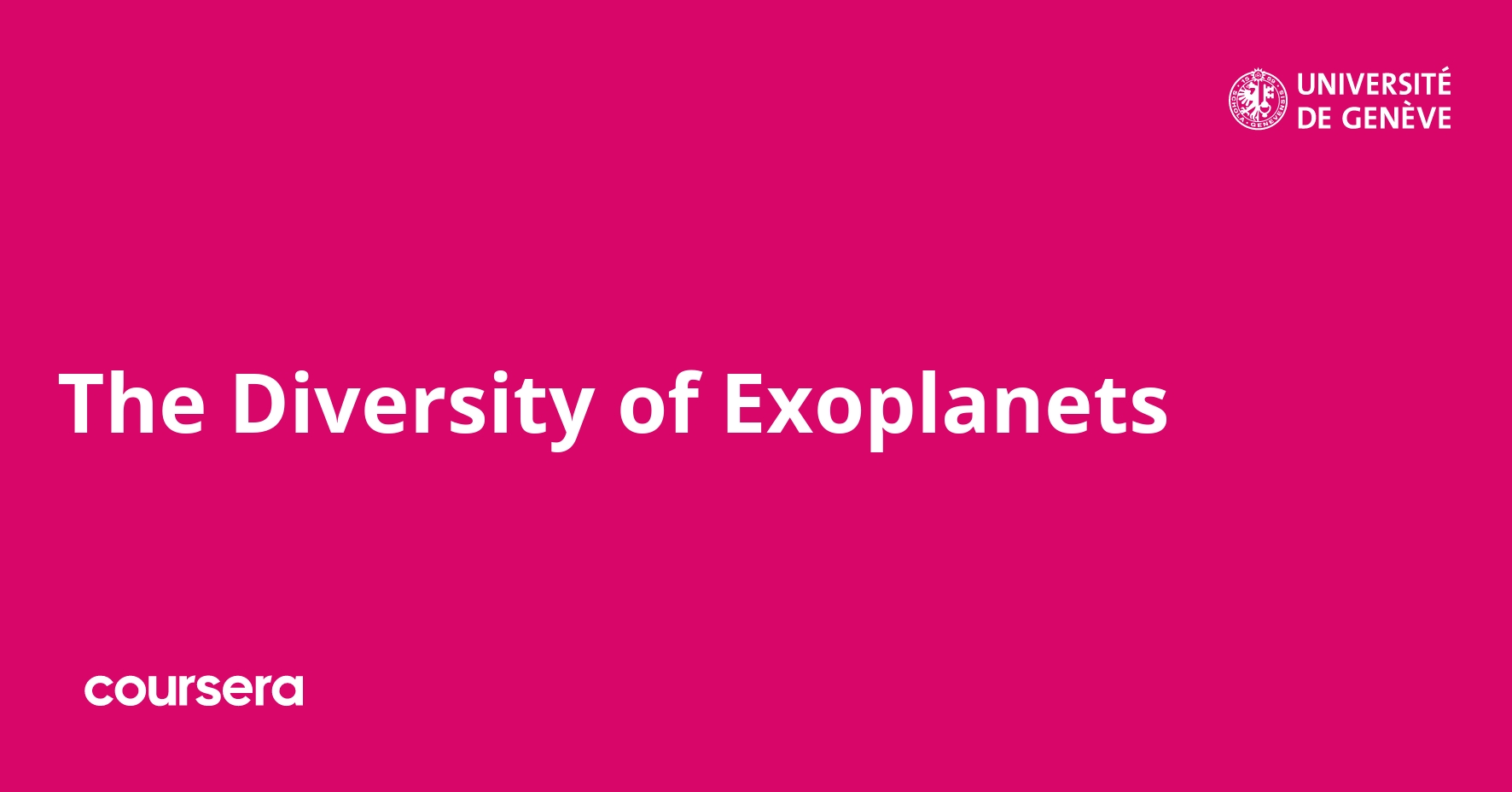Description
In this MOOC, you will have the opportunity to practice several methods of detection and characterisation of exoplanets.
You will discover their statistical properties and the current state of knowledge we have in this very recent field of research. You will also understand the limitations and biases of the different detection techniques.
At the end of this MOOC, you will have a good general understanding of the methods of detection and characterisation of exoplanets and their atmosphere. You will also have a basic understanding of spectroscopy and light curve analysis.
All this knowledge will help you to participate in and understand citizen science projects.
The original version of the MOOC dates from 2014 and some of the content has been updated in 2020 to take into account the progress of research in the field.
What you will learn
Cover the basics
If you want to talk about exoplanets, there is no miracle, you have to go through the fundamentals of astrophysics. This is why we propose that you first approach astrophysics from a more historical and fundamental point of view. How did the representation of the universe evolve? How was the modern vision of “celestial mechanics” constructed? You will have the pleasure of discovering the answers to some of these questions. However, in order to go further in this course, we will also see Kepler’s three laws as well as some basic notions about protoplanetary disks, planets or star formation. In this first module, we propose to lay the foundations necessary to deal with the concept that interests us all: exoplanets.
Planet detection I
In this second module we will focus on the detection of exoplanets. Together we will discover three methods for detecting extrasolar planets. (1) Radial velocities, which allowed the first detections of hot Jupiters. (2) Astrometry, a method that the Gaia satellite has greatly contributed to boosting. (3) Direct imaging, the only way to really see planetary companions. Don’t be scared off by the mathematical approach used to describe these methods. A general understanding is sufficient to follow the next few weeks of the course.
Planet detection II
For this third module, we remain in planet detection. However, this time we will explore the specific case of a planet being seen nearly edge-on and transiting its star. The observation of exoplanet eclipses (transits and occultations) provides us with a wealth of parameters and is currently the most powerful technique to study the structure and other intrinsic properties of planets. In this module, you will therefore have the opportunity to discover mainly how to apply the transit method, but also, at the end of the module, the main outcomes that have been obtained through the use of the transit method.
Statistical results I
Now let’s dive into statistics! In this module, we will be interested in the statistical properties of planetary systems. We have chosen to use a chronological approach to do so. First of all, you will discover the first results of the radial velocity programs which unveiled the great diversity of planetary systems. We will then compare these results with those obtained more recently by the transit surveys and the most recent radial velocity surveys. The statistical results of these research programs have brought to light a multiplicity of discoveries around exoplanets. You will have the pleasure of discovering them throughout this module.








